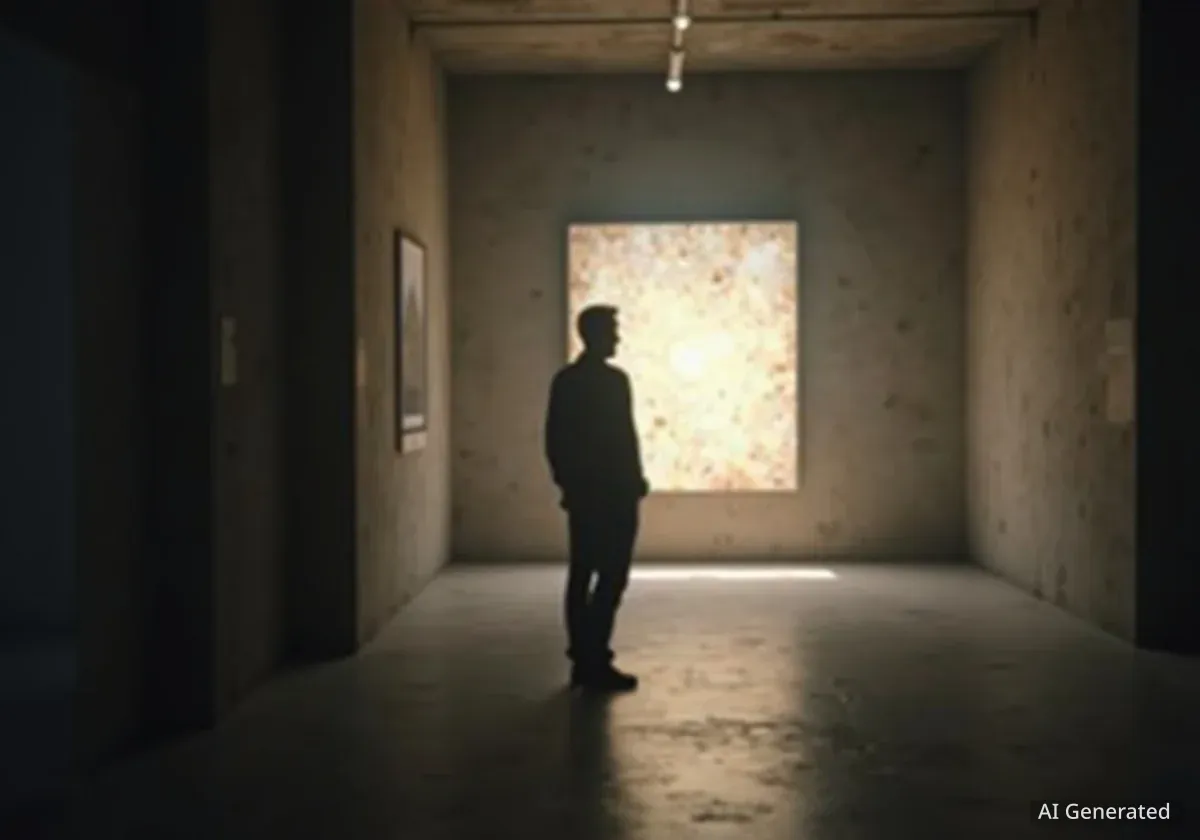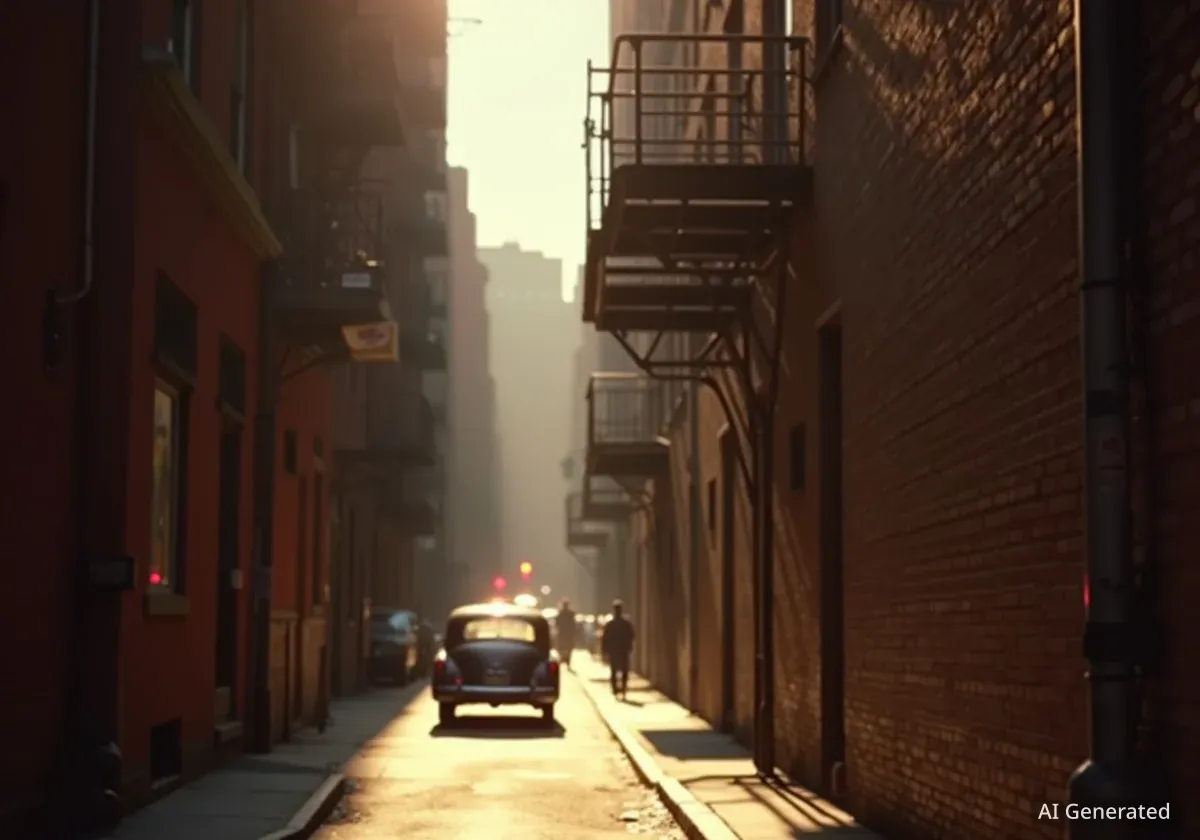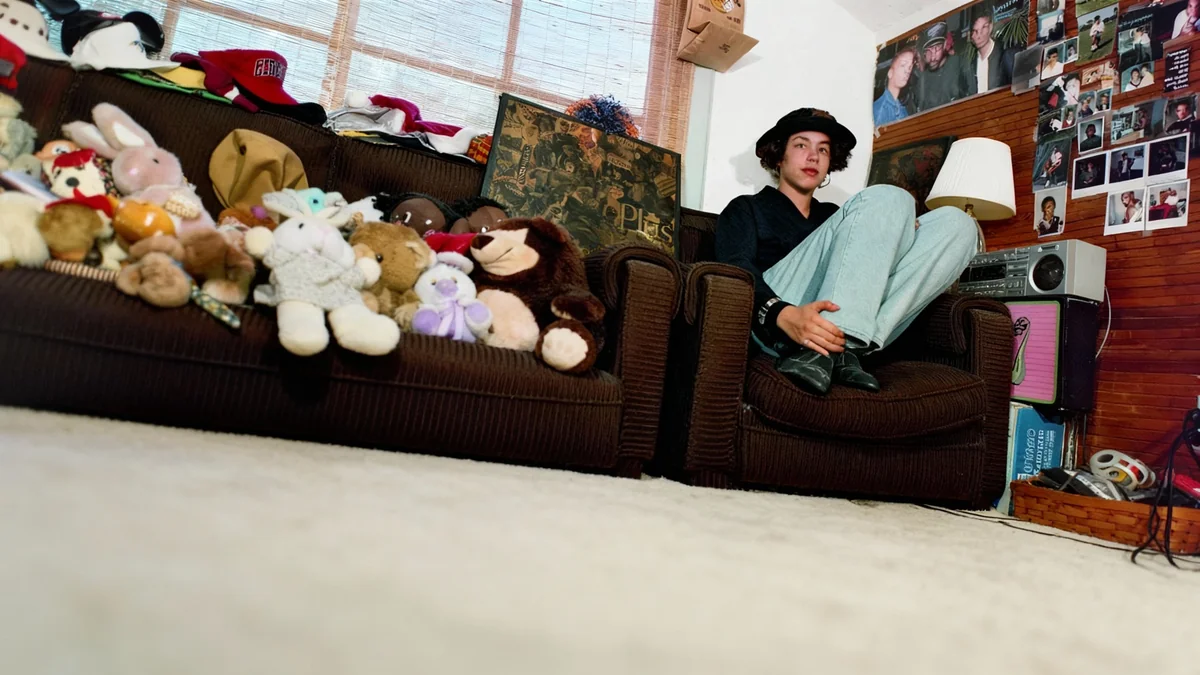Bob Gruen, a name synonymous with rock and roll photography, has spent decades capturing the raw energy of music's most iconic figures. From John Lennon to Tina Turner, Gruen's lens has documented an era defined by freedom and loud expression. His work, now recognized in the art world, began with a simple fascination for developing images in a darkroom.
Key Takeaways
- Bob Gruen is known for photographing rock and roll legends like John Lennon and Tina Turner.
- He emphasizes capturing the 'feeling of being there' in his photographs.
- Gruen's career started with a chance encounter with Ike and Tina Turner in 1970.
- His early use of large format prints helped elevate music photography to art.
- Gruen's famous Statue of Liberty photo of John Lennon symbolizes personal freedom.
- The Music Photography Gallery actively promotes vintage music prints as art.
From Darkroom Fascination to Rock Photographer
Bob Gruen's journey into photography started early, learning from his mother. He recalls being fascinated by the developing process in her darkroom before he was five years old. This early exposure sparked a lifelong passion. By age 11, he was already selling his prints to fellow campers, a practice he continues today, albeit without his mother's printing assistance.
After high school, Gruen explored different paths before finding his calling. He decided to live with a rock and roll band, friends from his school days. This informal arrangement led him to start taking pictures of them. When the band secured a record contract, the record company discovered Gruen's talent. This opened doors to more professional assignments, setting his career in motion.
Early Beginnings
- Gruen received his first camera at age eight.
- He developed his photography skills in his mother's darkroom.
- His first paying photography gig involved selling prints at summer camp.
The Tina Turner Catalyst and a Rolling Snowball
The turning point for Gruen came in the summer of 1970 with Tina Turner. A friend encouraged him to see Ike and Tina Turner perform. Gruen was captivated by Tina's stage presence. He returned a few days later with his camera, taking pictures of someone outside his immediate circle for the first time.
One particular image from that night stands out: Tina dancing off stage under a strobe light. Gruen managed to capture five overlapping images of her in a single, one-second exposure. This accidental masterpiece, sometimes compared to Duchamp’s 'Nude Descending a Staircase,' perfectly conveyed Tina Turner's excitement and energy.
A few days later, Gruen met Ike Turner, who was impressed by the photographs. This connection led to an introduction to a publicist at a record company in New York. That publicist, in turn, introduced Gruen to others, one of whom hired him to photograph Elton John. This was the moment the 'snowball' started rolling, leading to widespread recognition.
Elevating Music Photography to Art
In 1971, Gruen held his first photography exhibition at the Beacon Theatre. This event was groundbreaking. At the time, music photography was primarily seen on album covers or in magazines. Gruen's decision to display large, 30 by 40-inch prints, wrapped around masonite panels, was a deliberate step to introduce music photography into the art world.
He recalls working with a unique lab that could produce these solid, heavy panels. This approach challenged the traditional art scene, which often viewed music photography as less serious. Gruen acknowledges that his work, often described as 'loud,' stood in contrast to the calmer images typically found in art galleries.
"My work is loud, it’s the sound of rock and roll. That’s why I was always using big prints: they had to be loud. And I think that was kind of shocking for the photography world."
Art World Recognition
For many years, music photography struggled for recognition within the fine art world. Galleries like The Music Photography Gallery, founded by Sebastian Alderete, are dedicated to promoting vintage prints, highlighting their historical and artistic value. Alderete sees vintage prints as capturing a unique moment in time, making them true treasures.
Freedom: The Core Message in Every Frame
Gruen's photography is driven by a central theme: freedom. He traces this back to attending a Pete Seeger concert at age 13, where Seeger spoke about personal freedom and equal rights. This message resonated deeply with Gruen and influenced his choice of subjects.
He Gravitates towards artists who use rock and roll to make a statement, such as Bob Dylan, the New York Dolls, The Clash, and Green Day. For Gruen, rock and roll represents the freedom to express feelings loudly in public, a moment where everyday worries fade away. His goal is to capture that feeling, allowing viewers to 'practically hear' the music in his pictures.
- Influential Artists: Bob Dylan, New York Dolls, The Clash, Green Day.
- Core Belief: Rock and roll embodies freedom and self-expression.
- Artistic Aim: To convey the visceral feeling of being at a live performance.
The Changing Landscape of Music and Image Control
The music industry has changed significantly since Gruen began his career. He notes that in the 1970s, musicians were thrilled to have their pictures taken and published. There was less media scrutiny and more spontaneity. Rock and roll was still considered 'delinquent music' by some, not regularly featured in mainstream publications like The New York Times.
However, by the 1980s, corporations recognized the financial potential of the music business. This led to increased control over artists' images and stricter contracts for photographers. Today, everything is much more managed. Gruen reflects that he was unknowingly documenting a culture that was just beginning to find its voice.
Evolution of Control
- 1970s: Less control, artists eager for exposure.
- 1980s: Corporations began exerting more control over artist images.
- Today: Highly controlled media landscape for musicians.
The Value of Vintage Prints and John Lennon's Legacy
Gruen has always understood the importance of physical prints. He maintained his own darkroom, allowing him to produce multiple copies of his work. He recalls a photography professor advising him to always make two or three prints of any photo someone liked, because if you give one away and don't have a copy, you lose the image. This practice resulted in a vast collection of vintage prints, many dating back 50 or 60 years, which are now highly valued in the art market.
Among his extensive body of work, Gruen finds it difficult to pick a single favorite image. He mentions the iconic Tina Turner photograph and several of John Lennon. However, the picture of John Lennon at the Statue of Liberty holds a special place. Unlike most of his spontaneous shots, this one was planned.
During a time when Lennon faced deportation charges, Gruen suggested the Statue of Liberty as a symbol of welcome. Lennon, understanding the media's power, agreed. The simple trip to the statue resulted in a powerful image. Gruen believes this photograph, now more significant since Lennon's passing, represents both John Lennon and the Statue of Liberty's shared meaning of personal freedom, a theme central to Gruen's entire career.
"I think that John Lennon and the Statue of Liberty both represent personal freedom. And like I said, that’s been my theme all my life. So I would have to say that’s one of my favorites."




